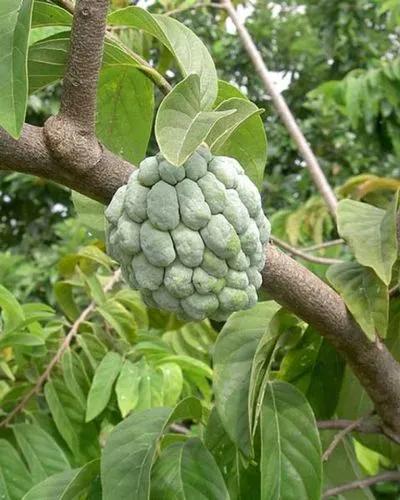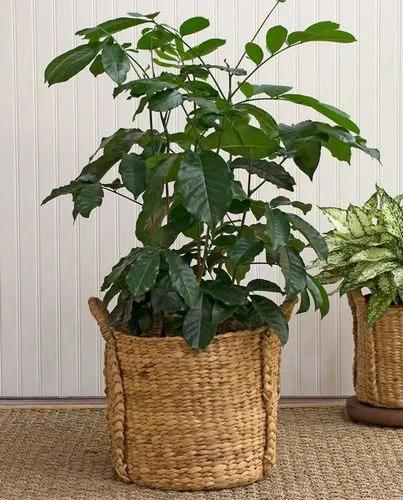The Coconut palm is a tropical tree. This plant will be a great design solution for your home or office. Even if you live far from rainforests and palm trees, this palm will make your dwelling a bit more exotic.
Coconut palm Care
Cocos nucifera



Cocos nucifera is a perennial tropical plant. In the wild, it grows in tropical regions of Asia. Cocos reaches about 40-80 inches (0.9-2 m) in height. The indoor palm has a long stem that grows straight from the coconut. The elongated and ribbed leaves are collected in a rosette at the top of the stem. Unfortunately, in home conditions, the plant does not bloom.
How to Care for the Plant

Water

Coconut palm needs moderate watering. You need to make sure the plant does not start to rot on the roots. In winter, try to water the plant only when the soil begins to dry out. We also recommend spraying this lush greenie with water, especially in summer.

Pruning

You can remove the dead leaves from your tree. However, keep in mind you should avoid damaging the trunk at all costs. If the trunk is harmed, it can even result in the death of your palm.

Fertilizer

The Cocos tree needs to be fed monthly from early spring to late summer. You can use fertilizer for palms.

Sunlight

Coconut palm needs diffused light. If you live in a hot region, you need to shade the plant from May to August during the hottest hours of the day. We also recommend rotating the plant 180 degrees to provide it with symmetrical illumination at least twice a month.

Soil

The Coconut palm grows well on a mixture of peat, perlite, leafy soil, and sand (in equal proportions). You can also use a special blend for palm trees. This tree also needs a good drainage layer to thrive.

Propagation

To propagate this plant, you need to use a coconut. First, keep the nut for 2-3 days in warm water. Next, you need to plant it in the prepared soil mixture so that the top half of the nut sticks out of the soil. Place the vessel with the palm's fruit in a warm place and water it so that the soil remains slightly moist at all times. Within a few months, you should see a sprout.

Temperature

As a tropical tree, the Coconut palm is very vulnerable to cold. The best range for it is 79-84°F (26-28°C). In winter, you need to watch the temperature so it doesn't fall below 61-68°F (16-20°C).

Container

The container should only accommodate the nut and the plant's root system. It would be best if you also chose a container with a drainage hole. You need to transplant your Cocos into a new container in the spring, about once every two years.

Fun fact

In the wild, this plant grows up to 30 meters and lives up to a hundred years. In decorative form, the Coconut palm remains small and does not live long.

Popularity

14,214 people already have this plant 1,283 people have added this plant to their wishlists
Discover more plants with the list below
Popular articles






